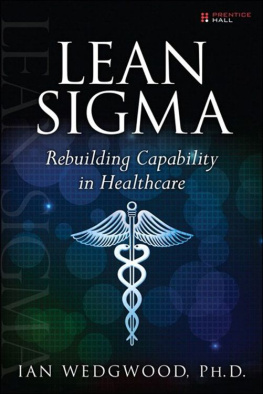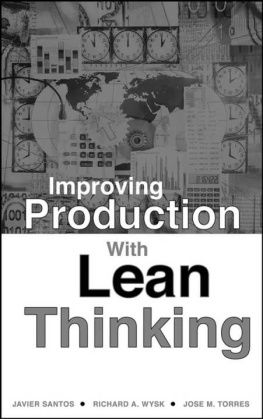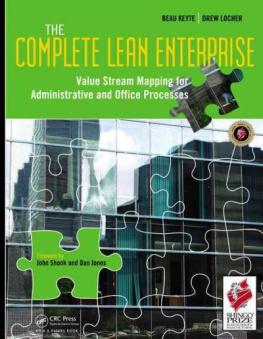

Copyright 2012 by The McGraw-Hill Companies, Inc. All rights reserved. Except as permitted under the United States Copyright Act of 1976, no part of this publication may be reproduced or distributed in any form or by any means, or stored in a database or retrieval system, without the prior written permission of the publisher.
ISBN: 978-0-07-178856-4
MHID: 0-07-178856-5
The material in this eBook also appears in the print version of this title: ISBN: 978-0-07-178855-7, MHID: 0-07-178855-7.
All trademarks are trademarks of their respective owners. Rather than put a trademark symbol after every occurrence of a trademarked name, we use names in an editorial fashion only, and to the benefit of the trademark owner, with no intention of infringement of the trademark. Where such designations appear in this book, they have been printed with initial caps.
McGraw-Hill eBooks are available at special quantity discounts to use as premiums and sales promotions, or for use in corporate training programs. To contact a representative please e-mail us at bulksales@mcgraw-hill.com.
Information contained in this work has been obtained by The McGraw-Hill Companies, Inc. (McGraw-Hill) from sources believed to be reliable. However, neither McGraw-Hill nor its authors guarantee the accuracy or completeness of any information published herein, and neither McGraw-Hill nor its authors shall be responsible for any errors, omissions, or damages arising out of use of this information. This work is published with the understanding that McGraw-Hill and its authors are supplying information but are not attempting to render engineering or other professional services. If such services are required, the assistance of an appropriate professional should be sought.
TERMS OF USE
This is a copyrighted work and The McGraw-Hill Companies, Inc. (McGraw-Hill) and its licensors reserve all rights in and to the work. Use of this work is subject to these terms. Except as permitted under the Copyright Act of 1976 and the right to store and retrieve one copy of the work, you may not decompile, disassemble, reverse engineer, reproduce, modify, create derivative works based upon, transmit, distribute, disseminate, sell, publish or sublicense the work or any part of it without McGraw-Hills prior consent. You may use the work for your own noncommercial and personal use; any other use of the work is strictly prohibited. Your right to use the work may be terminated if you fail to comply with these terms.
THE WORK IS PROVIDED AS IS. McGRAW-HILL AND ITS LICENSORS MAKE NO GUARANTEES OR WARRANTIES AS TO THE ACCURACY, ADEQUACY OR COMPLETENESS OF OR RESULTS TO BE OBTAINED FROM USING THE WORK, INCLUDING ANY INFORMATION THAT CAN BE ACCESSED THROUGH THE WORK VIA HYPERLINK OR OTHERWISE, AND EXPRESSLY DISCLAIM ANY WARRANTY, EXPRESS OR IMPLIED, INCLUDING BUT NOT LIMITED TO IMPLIED WARRANTIES OF MERCHANTABILITY OR FITNESS FOR A PARTICULAR PURPOSE. McGraw-Hill and its licensors do not warrant or guarantee that the functions contained in the work will meet your requirements or that its operation will be uninterrupted or error free. Neither McGraw-Hill nor its licensors shall be liable to you or anyone else for any inaccuracy, error or omission, regardless of cause, in the work or for any damages resulting therefrom. McGraw-Hill has no responsibility for the content of any information accessed through the work. Under no circumstances shall McGraw-Hill and/or its licensors be liable for any indirect, incidental, special, punitive, consequential or similar damages that result from the use of or inability to use the work, even if any of them has been advised of the possibility of such damages. This limitation of liability shall apply to any claim or cause whatsoever whether such claim or cause arises in contract, tort or otherwise.
Writing a book ties the author to a computer for a long time and, when the writing gets tough, it is helpful to get a bit of encouragement and a glass of wine.
With that in mind, I would like to thank my wife, Carol, as she is the one who has had to put up with thistwice so far and probably a third time!
For encouragement, my nephew, David Allan, and his wife, Donna, have also been a source of constant support. Besides, their two children, Tagen and Shea, constantly tell everyone that I am a great author. This is not easy to live up to.
About the Author
Steven Borris is a manufacturing advisor and continuous improvement specialist in the science, food and drink, electronics, textile, optics, electromechanics, medicine, and semiconductor industries. His technical expertise includes equipment installation and maintenance, root-cause fault resolution, equipment redesign, calibration, customer support, commissioning, and training. Mr. Borris is currently with SMAS, a Scottish government agency tasked with improving the efficiencies of companies. He also is the author of Total Productive Maintenance (McGraw-Hill, 2006).
CONTENTS
INTRODUCTION
Since writing my first book, Total Productive Maintenance, in 20032004, I have had multiple opportunities to reapply the techniques covered in that book. I also have been fortunate enough to learn some new ones. Mapping is the key technique that I will pass on to you in this book. It is one of the most powerful ways I know to diagnose and anticipate problems.
Why Mapping?
What is mapping? It is a range of techniques for analyzing the steps (or stages) in a process. Any process is suitable. In my experience, the most common maps are on processesthe way a product is manufacturedbut mapping also can be the way players are selected for the school football team or how a cable box is connected to a TV. Mapping is incredibly versatile. In business, we can analyze a sales process, an order process, a customer complaint process, a disciplinary process used by management, a stores process for running a warehouse, or how the maintenance or cleaning department functions; in medicine, we can analyze how a patient is prepared for surgery or how drugs are prepared and distributed to patients; and in government, we can analyze how traffic flows through an intersection or how a police officer interacts with a suspect or a victimin short, we can map anything! Mapping even can be used to create an overview of how a company operates. I am not the first to realize this: the big picture map, developed by Toyota when I was a child, is one of the most useful functions aroundfrom a diagnostic perspective. It was used originally to develop strategy at a management level, but as I will explain in , it can be adapted to suit whatever you need it to show.
Mapping is used most often to analyze a process to find ways to improve how the task is carried out. If Lean principles are applied, we can make any process more efficient. If we review the process with a team of skilled operators and engineers, we can identify any steps where errors are introduced and where they affect the rest of the process. Once we know this, we can take steps to eliminate the problems and make the process more reliable. It all boils down to what you need from the process and the degree of detail included in the map.
With some expert advice from McGraw-Hill, I chose to title this book Strategic Lean Mapping: Blending Improvement Processes for the Perfect Solution
Next page

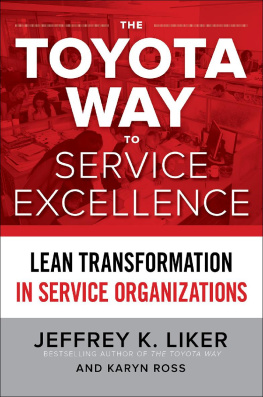
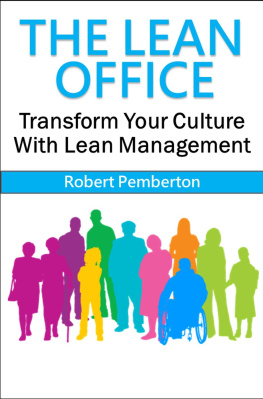
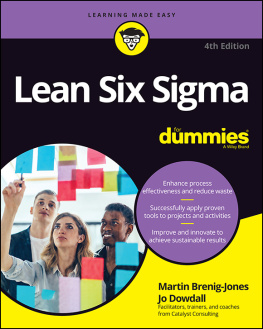

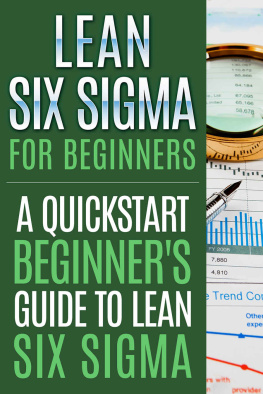
![Masaaki Imai - Strategic Kaizen(tm) Using Flow, Synchronization, and Leveling [Fsl(tm)] Assessment to Measure and Strengthen Operational Performance](/uploads/posts/book/267064/thumbs/masaaki-imai-strategic-kaizen-tm-using-flow.jpg)
